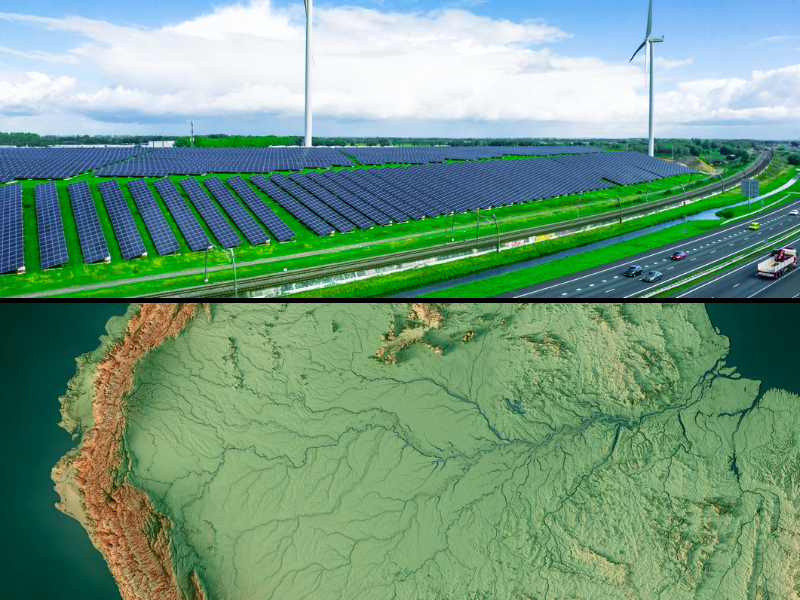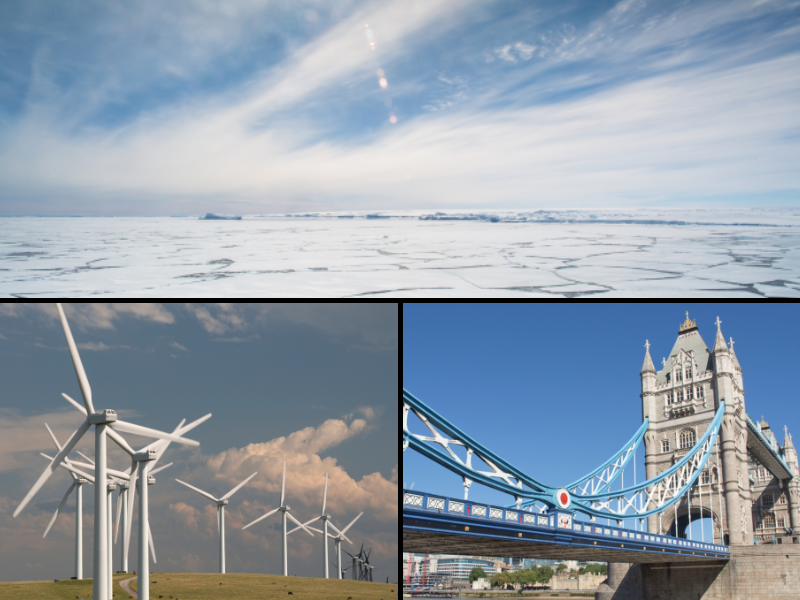The U.S. Supreme Court on Tuesday ruled 6–2 to affirm the Environmental Protection Agency’s ability via the so-called “Cross-State Air Pollution Rule” to regulate power-plant emissions when those emissions have the potential to hurt downwind air-quality. The ruling in EPA v. EME Homer City Generation will affect about 1,000 power plants in 28 states.
The following statements from environment policy and legal experts at The Heartland Institute – a free-market think tank – may be used for attribution. For more comments, refer to the contact information below. To book a Heartland guest on your program, please contact Director of Communications Jim Lakely at [email protected] and 312/377-4000 or (cell) 312/731-9364.
“Through geographical luck, emissions from East Coast states like Connecticut and Massachusetts drift over the Atlantic Ocean where there are no states demanding abatement or compensation. Then, hypocritically, these same East Coast states complain about emissions crossing into their state borders from upwind states. EPA is all too happy to take advantage of these hypocritical complaints as an excuse to expand the agency’s power through new rules and restrictions.
“It is a shame that the U.S. Supreme Court continues to empower EPA to issue nonsensical interpretations of statutes with the primary goal of amassing more money and power.”
James M. Taylor
Senior Fellow for Environmental Policy
The Heartland Institute
[email protected]
312/377-4000
“The Supreme Court’s ruling is very unfortunate. The justices are not scientists at any level and cannot imagine how totally unscientific, and in fact erroneous, are the EPA standards required for air quality. If they held a modicum of reasonableness from a scientific standpoint, the court’s decision would not be terrible. The dispersion of chemicals in the air is such that at any reasonable distance that could be harmful to human health — a few hundred yards away — is clearly innocuous a few miles away.
“The justices optimistically believe that EPA knows what it is doing. Actually, the EPA does know what it is doing — which is to do the bidding of environmental extremists who wish at every level to stifle economic progress in the name of public health.
“It is a sad state of affairs that the extreme alarmists, without a scientific leg to stand on, are winning for now. Hopefully, the day will come when an administration will fill EPA with scientists instead of anti-progress greens.”
Jay Lehr
Science Director
The Heartland Institute
[email protected]
312/377-4000
“Clean air and clean water are, of course, good things, but so are constitutional government and the rule of law. Agree or disagree with today’s decision, it is probably best encapsulated by some thoughts from the first and last paragraphs of Justice Scalia’s dissent:
“‘Too many important decisions of the Federal Government are made nowadays by unelected agency officials exercising broad lawmaking authority, rather than by the people’s representatives in Congress. With the statute involved in the present cases, however, Congress did it right. … EPA’s utterly fanciful ‘from each according to its ability’ construction sacrifices democratically adopted text to bureaucratically favored policy. Addressing the problem of interstate pollution in the manner Congress has prescribed … is a complex and difficult enterprise. But ‘[r]egardless of how serious the problem an administrative agency seeks to address, . . . it may not exercise its authority’ in a manner that is inconsistent with the administrative structure that Congress enacted into law.’ Brown & Williamson, 529 U. S., at 125 (quoting ETSI Pipeline Project v. Missouri, 484 U. S. 495, 517 (1988)).'”
David L. Applegate
Policy Advisor, Legal Affairs
The Heartland Institute
[email protected]
312/377-4000
“April seems to be the month in which the Supreme Court devotes itself to decisions that have no basis in real science and can do maximum damage to the economy. Invariably, the cases are brought by the Environmental Protection Agency and are decided in its favor.
“In April 2007, the court decided that carbon dioxide, the second most essential gas for all life on the planet was a ‘pollutant,’ the definition the EPA had applied to it in order to regulate it. Now comes word that the court had concluded that the EPA may regulate power-plant emissions that blow across state lines as per a 2011 regulation, the Cross-State Air Pollution Rule.
“Not content to put nearly 150 or more coal-fired power plants out of commission, the court’s rule now gives the EPA authority to do the same thing to about a thousand power plants in the eastern half of the U.S. that will have to adopt new pollution controls or reduce operations.
“In effect, the court has just agreed to a regulation that represents a major increase in the cost of electricity in 28 states. The EPA’s claims that this will save lives they attribute to the alleged pollution is as bogus as all the rest of their justifications, the purpose of which is to undermine the nation’s economy in every way it can.”
Alan Caruba
Founder, The National Anxiety Center
Policy Advisor, The Heartland Institute
[email protected]
312/377-4000
The Heartland Institute is a 30-year-old national nonprofit organization headquartered in Chicago, Illinois. Its mission is to discover, develop, and promote free-market solutions to social and economic problems. For more information, visit our Web site or call 312/377-4000.






